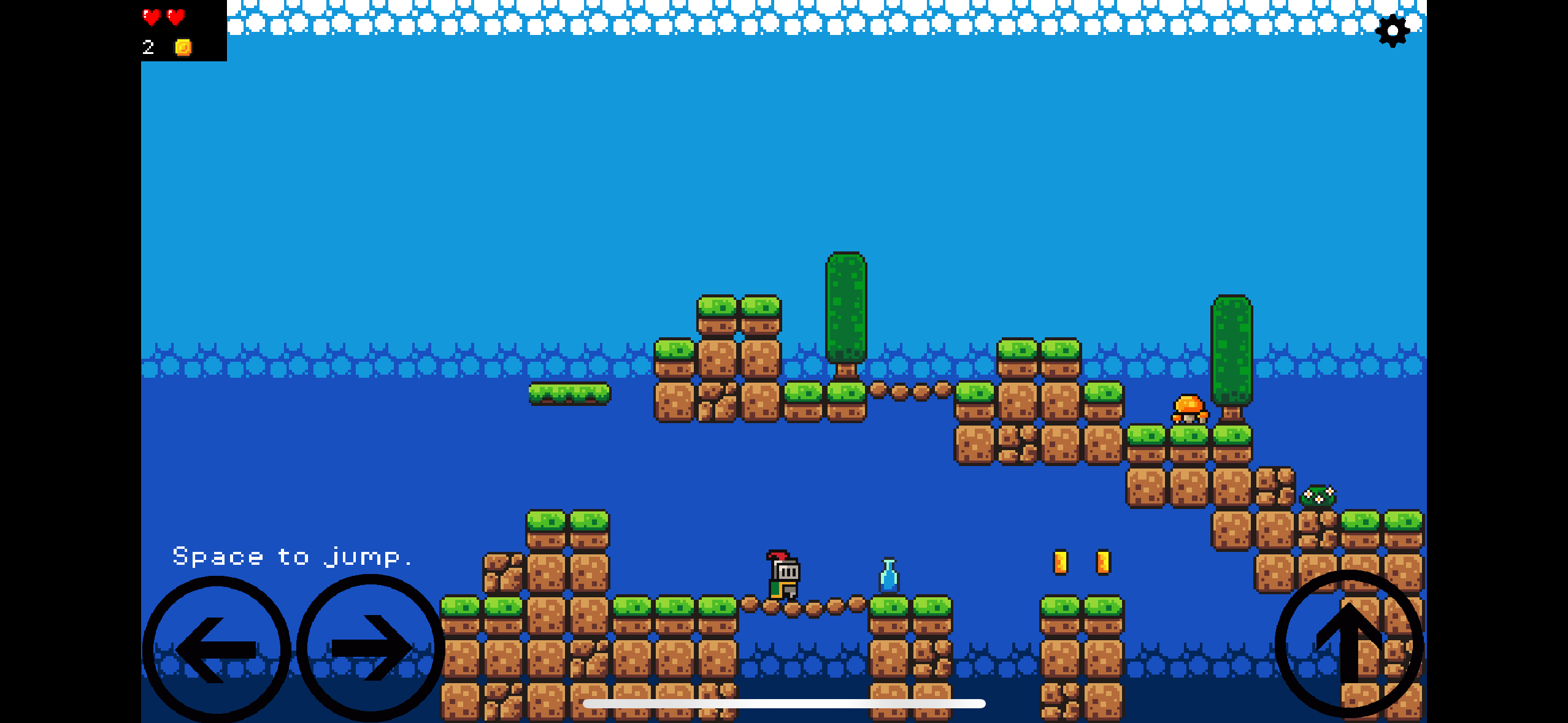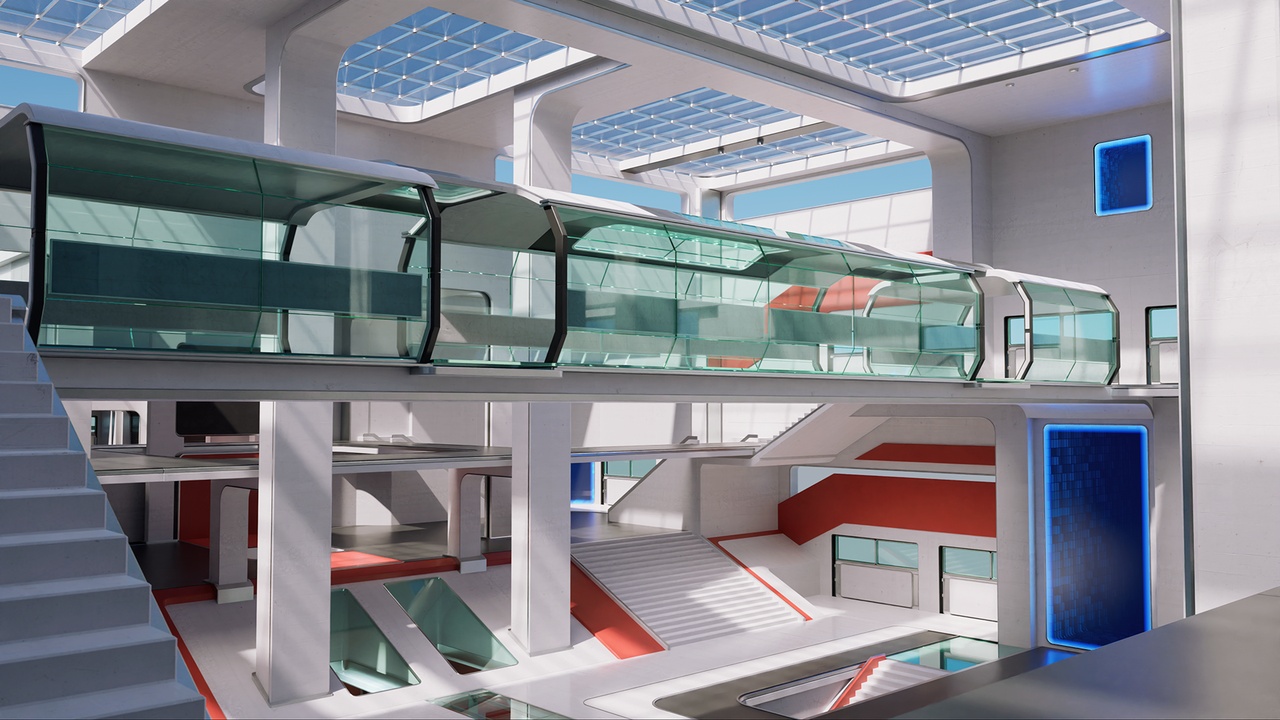As a game dev @ Bamboo, having the right tools is crucial for bringing my creative ideas to life. Here’s a look at the workstation and workflow that help me stay productive.
My Workstation
My primary workstation is a CyberPowerPC (base was $879 from BB) built with powerful components that allow me to handle demanding tasks such as game development, 3D modeling, and music production.
- CPU: AMD Ryzen 5 5500
- Memory: 64GB Corsair Vengeance LPX DDR4 RAM 3200MHz ($100 upgrade)
- GPU: NVIDIA GeForce RTX 4060 8GB
- Storage: 2TB, including a WD 1TB NVMe SSD for fast load times ($78 upgrade)
- Monitors: Dual 27” S2722QC monitors ($280 from BB)
- Mouse: Logitech MX Master 3S for precise control
When I’m on the go, I use my MacBook Pro (2023) M2 Pro1 ($2000) for tweaking Godot scenes or brainstorming new ideas.
My Workflow
In terms of tools, I rely on a mix of industry-standard software and some personal favorites to build games, create assets, and produce music. Here are the key applications I use:
- FL Studio 20: For composing and producing music and sound effects for my games.
- Godot 4.32: My game engine of choice, providing a flexible and user-friendly environment for developing my indie games.
- Aseprite: For pixel art creation—great for crafting assets that fit my game’s retro style.
- Blender: Essential for 3D modeling and animation, helping me create detailed game environments and characters.
- Unreal Engine 5.53: For larger-scale projects or more complex games, Unreal gives me access to high-quality rendering and advanced features.
- ChatGPT + DeepSeek: Leveraging LLMs to accelerate workflow and streamline tasks.
Final Thoughts
The combination of powerful hardware and efficient software allows me to focus on what I love—building games. As a solo developer, having the right setup is essential for maintaining productivity and ensuring that I can execute my ideas seamlessly.
Stay tuned for more updates on the Bamboo Studio journey!


